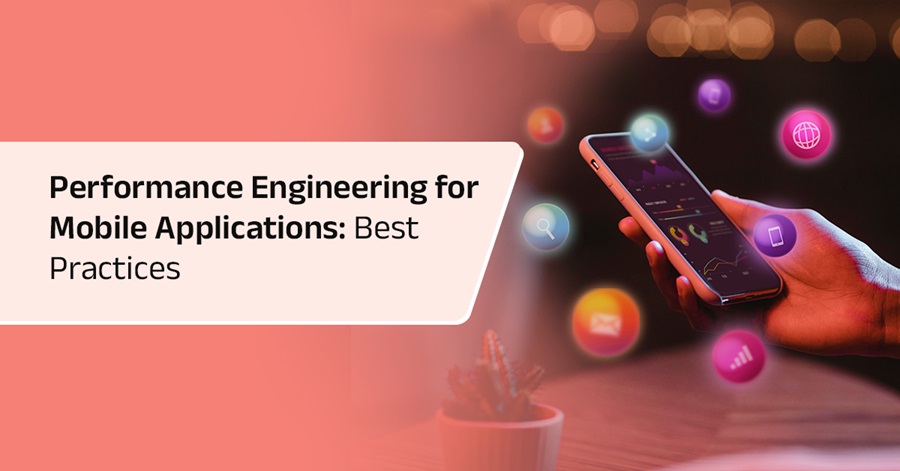
Increasingly, more and more software is being delivered as software as a service (SaaS). Gartner forecasts the SaaS market to continue to expand to $145B in 2022. Consumers and businesses not only have become accustomed to, but also expect SaaS-based solutions, even more so in the post-COVID world. This new frontier allows features to be rolled out at an unparalleled velocity paving the way for continuous innovation and sustainable competitive advantages.
SaaS solutions have propelled valuations for many tech companies based on metrics such as annual recurring revenue (ARR), revenue growth, churn and unit economics. Customers expect very high service level experiences from SaaS solutions, and it is not at all uncommon to see 99.99% or higher of service level agreements (SLAs) with clearly defined penalties if the company’s offering falls short. High customer acquisition costs have also become the norm in this hyper-competitive market. To make matters worse, switching costs for users are vastly lower putting more pressure on retention efforts. SaaS companies must balance acquiring customers and continuing growth, while simultaneously growing brand equity, ensuring high-quality service is delivered and controlling costs.
SaaS solutions mostly run in the cloud, whereas many companies use a mix of private cloud/on-prem and one or more public clouds to burst and to serve various geographic regions. With the growing prevalence and dependence on application programming interfaces (APIs), developers increasingly leverage numerous third-party tools and solutions that are readily available in the cloud. DevOps teams can make use of virtualized environments that allow for instant auto-scaling. However, the ITOps teams are chartered with ensuring availability of the solution at all times, irrespective of workload fluctuations, while keeping within very tight budgets.
ITOps and site reliability engineers (SREs) have generally been in the hot seat; especially if they are responsible for smooth operations in SaaS companies. To meet the demands placed on them, the ITOps teams need end-to-end visibility and good control over the rapidly evolving application functionality and the infrastructure elements. It is nearly impossible for human administrators to do this manually. Thankfully, the modern AIOps paradigm has the ability and the chops to augment ITOps teams and make them successful.
The following are some key benefits for SaaS companies that leverage AIOps tools and solutions:
Observability
It is critical to monitor the application and the associated infrastructure elements. Modern AIOps solutions can leverage existing monitoring and alert data through connectors, including logs. This is key when many cloud providers deliver certain basic metrics already. However, in many environments, there is a need for installing an agent and monitoring metrics. Observability is the first step and benefit of AIOps in the journey to a superior SaaS offering.
Single pane of glass with end-to-end visibility
Though operations teams may work in silos in large enterprises, AIOps solutions can provide an end-to-end view across the entire infrastructure and application landscape including topology and highlighting correlations that otherwise may not be apparent.
AI-based insights and analytics
AIOps tools can provide deep insights into the entire application and infrastructure ecosystem, however complex and dispersed they are. They can tease out seasonality, allowing the ITOps teams to focus on what matters most. If trained adequately, these tools can come up with early warnings and lead signals to prevent possible outages and anomalies. AIOps solutions augment what is physically and structurally difficult for humans to achieve – they can correlate across silos, metrics and alerts.
RCA, solution recommendations and workflow automation
AIOp solutions not only predict potential problems, but also can identify root causes quickly and provide solution recommendations. Moreover, tight integrations with IT service management (ITSM) tools and automation can trigger the appropriate workflows.
Outcome
SaaS providers can realize tremendous value by implementing state-of-the-art AIOps solutions. After all, it is now possible to achieve negative or very small mean time to remediate (MTTR) and very large mean time between incidents (MTBI). Moreover, having the ability to do very granular capacity planning, SaaS companies can confidently minimize the cloud costs across the entire application and infrastructure landscape, without impacting the ability to scale up or down as dictated by the business objectives.



